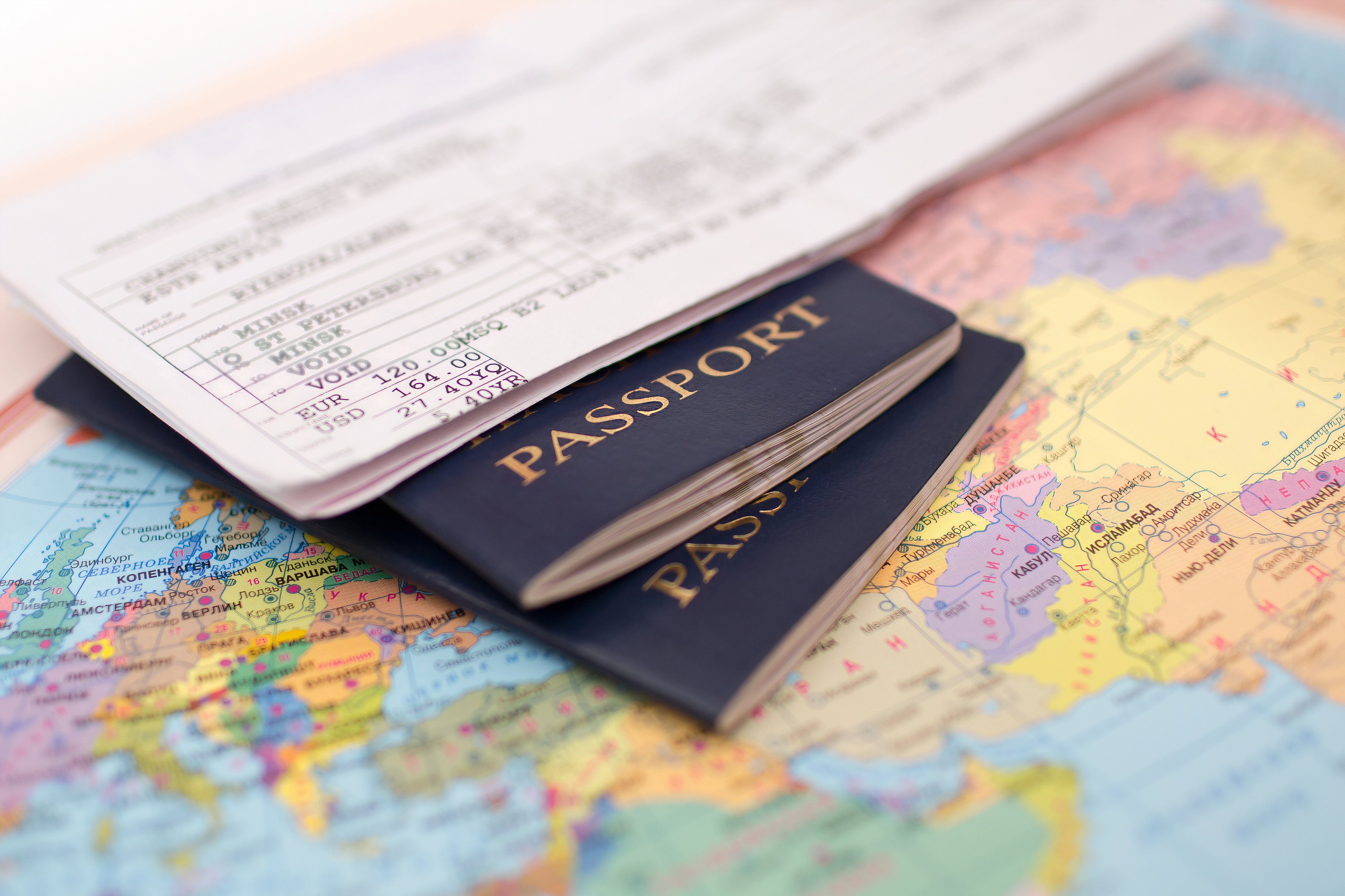Bussiness
Counterstrike! China eyes trade war targets across Europe

Things were different in the big trade war with the US, which featured sweeping penalties on both sides. This time, Beijing’s targeted playbook looks more like the one it deployed against Australia a few years ago — with the government and state media already publicly identifying specific products that could be about to get taxed.
Here are some of the likely targets, and the parts of Europe where the blow will land hardest.
Brandy: France Stands Alone
The first product in China’s crosshairs was European brandy. Beijing announced an anti-dumping investigation in January, which could take a year or more — but the Ministry of Commerce could also announce preliminary tariffs at any time, as it did during a similar probe into Australian wine.
Food and agricultural goods are often targets for trade barriers. In the past Bejinng has targeted goods that aren’t essential, or can be sourced elsewhere, but where China is a large market for the exporter. That means the damage to Chinese consumers is low, but the hit to producers can be high.
Brandy fits that bill. Chinese drinkers can always find alternatives, but the impact on France – one of the biggest supporters of Europe’s EV probe – would be significant. China was France’s second-largest brandy export market in 2023, according to data from the International Trade Centre.
Pork: Pain in Spain
This week Beijing announced an investigation into allegations of European dumping of pork. If that leads to tariffs the effect will be concentrated in leading suppliers like Spain — where China was the second-biggest market for exporters last year — as well as Denmark and the Netherlands.
Again the effect on China might be limited. It gets most of the meat from domestic farmers anyway, and can turn to other exporting countries like Brazil and the US if needs be, limiting the risk of shortages or higher prices.
 Bloomberg
BloombergIn past disputes China has tried to make its trade sanctions look like they are compliant with the World Trade Organization’s rules, such as blocking Australian timber on the basis of allegedly finding pests, or tariffing wine and barley due to allegations about dumping and subsidies. It looks to be following the same path now.
Wine: Mostly Mediterranean
A state media post last month mentioned wine as one product that might be targeted, along with dairy products and aeroplanes.
France is the largest European exporter of wine to China, so again the damage would be concentrated there, and it’s followed by other Mediterranean nations.
It would also be easy to find other suppliers if Beijing imposed tariffs or otherwise blocked European imports. Australian wine has returned to the market after China lifted those tariffs in March. The global wine market is in a historic glut right now, meaning growers elsewhere would rush to fill any gaps, and China’s imports have been shrinking for years.
 Bloomberg
BloombergCars: Germany First
The Chinese Chamber of Commerce in the EU hinted last month that imported cars with large engines could be another target for Beijing’s retaliation. On Wednesday some unidentified Chinese car companies asked the government to raise tariffs on European large engined cars, according to a state media report.
If tariffs were imposed only on European exporters, it mostly hit Germany and Slovakia, though an across-the-board measure would also affect US and Japanese companies.
China lowered tariffs on passenger car imports to 15% in 2018 as part of an initial effort to blunt US-China trade tensions. Pusing it back up to 25% would be within the WTO rules, according to Brad Setser, a former adviser at the Office of the US Trade Representative.
 Bloomberg
BloombergBeijing has shown a willingness to use auto tariffs as a tool in previous trade wars. It raised the rate on US cars to 40% under Trump, before cutting it again.
Most of China’s European imports likely come from luxury producers such as Porsche, Mercedes-Benz Group AG or BMW AG. While it may be harder for buyers to diversify than in the case of food imports, they have some other high-end options — including the electric cars that are quickly taking over the domestic market.
Dairy: Danish Blues
Dairy products have been flagged among possible targets by state media. It’s another area where China is not too reliant on imports, and other possible sellers could step in.
 Bloomberg
BloombergNew Zealand supplies about half of China’s dairy imports, while another third or so comes from the European Union. Denmark, Netherlands, Germany and France would all be affected by new barriers. But imports have fallen in recent years due to rising domestic production — Beijing has sought to make itself more self-sufficient and consumption is weaker as the economy slows.
Planes: Unlikely Target
Although aviation has been mentioned as another possible target, the fact that there are only two major suppliers of large passenger planes makes it less likely.
If it targeted France-based Airbus SE, China would be left with Boeing Co. Greater reliance on an American company is probably not what Beijing wants, especially with the prospect of heightened US-China tensions if Trump returns to office next year. What’s more, Boeing has had a series of safety issues, while Airbus assembles some planes in China so the government may not want to punish it.
In fact, Chinese airlines are reportedly in talks to buy more than 100 wide-body planes from Airbus. That could prove a useful carrot in any talks over the electric car tariffs — alongside all of Beijing’s sticks.










